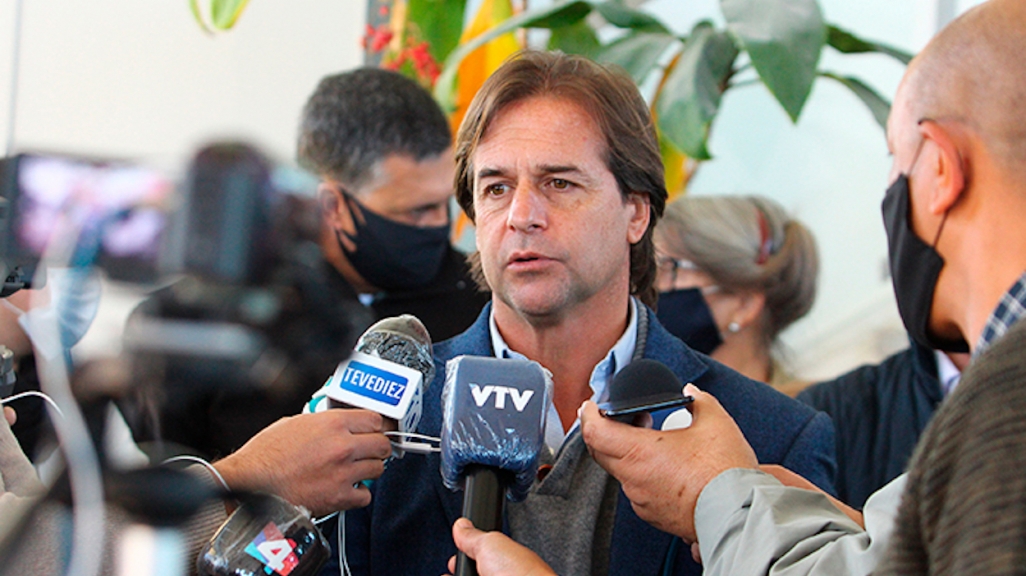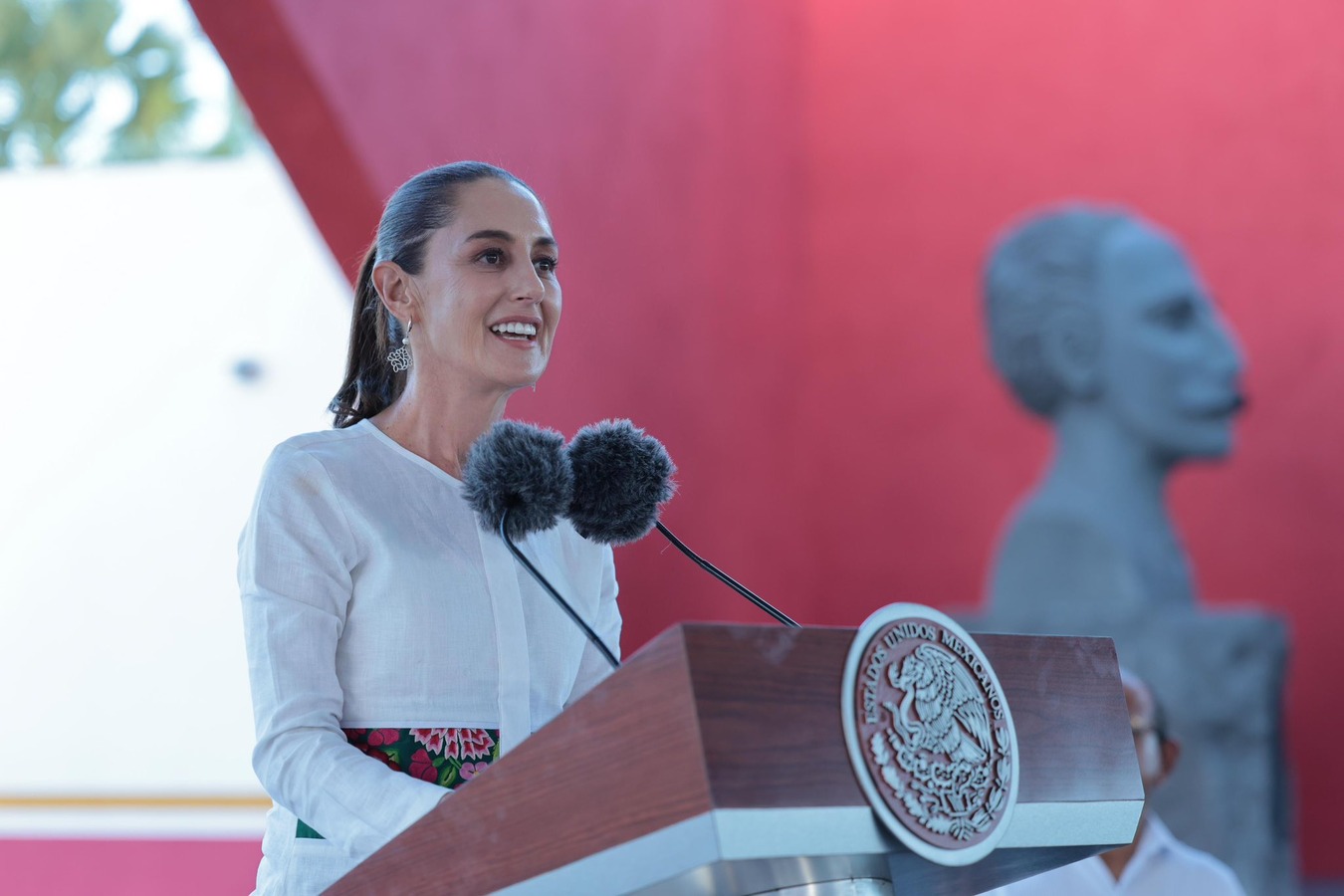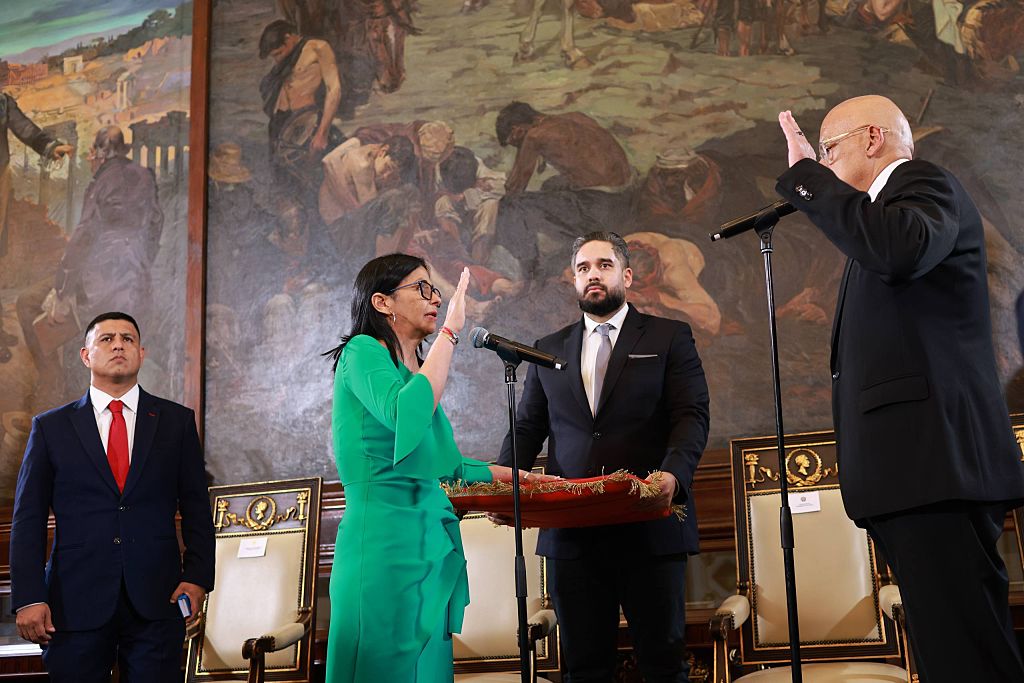Uruguay's Luis Lacalle Pou and His Pandemic Honeymoon
Uruguay's Luis Lacalle Pou and His Pandemic Honeymoon
The president hit the 100-day mark on June 9 with a solid approval rating after receiving praise for his government’s quick response to COVID-19.
June 9 marked the end of the president of Uruguay’s 100-day luna de miel. Given that he took office on March 1, most of the Luis Lacalle Pou’s political honeymoon has been dominated by the fight against the novel coronavirus. But the one-time senator’s presidency also ushered in a major shift, bringing his National Party to office once again after 15 years of Broad Front governments.
So how do Uruguayans view their new president? An Equipos Consultores poll released June 9 found that Lacalle Pou is faring well at this point in his five-year term, with 63 percent approval and 18 percent disapproval. Nearly nine in 10 people who voted for his center-right Multicolor Coalition in October 2019 support his government today, as well as more than a third of voters who cast ballots for the opposing Broad Front.
AS/COA Online takes a look at how Lacalle Pou’s government won praise for its COVID-19 response, and how it’s handling campaign promises amid the health crisis.
The pandemic
Less than two weeks after Lacalle Pou took office, COVID-19 landed in the South American country, with the first four cases were confirmed on March 13. As of June 10, the country had fewer than 850 confirmed cases and 23 deaths. On the hundredth-day anniversary, the infection rate was at 0.8 cases per million inhabitants. The president managed to control the country’s infection levels despite having a relatively larger aging population compared to the region as a hold. On top of that, it sits between two countries that have been hit much harder—Argentina, with nearly 26,000 cases, and epicenter Brazil, with more than 770,000 cases.
Here is how Lacalle Pou’s government controlled contagion in the country of 3.5 million people. For starters, the government declared a national health emergency on the same day it confirmed its first cases, although it never imposed a quarantine. Lacalle Pou also prohibited large public gatherings and suspended in-person schooling. He closed land, sea, and air borders on March 25, barring entry to foreign nationals as well as tourism exits for Uruguayans. A day earlier, his government began disbursing funds to more than 55,000 workers over 65 years of age to incentivize them to stay home.
Authorities also took stricter protection measures around the city of Rivera on the border with Brazil to mitigate the spread of COVID-19, adding 800 checkpoints on May 13 and conducting over 1,000 random infection tests about two weeks later.
The presidency also collaborated with the private sector to incentivize social distancing, including a campaign that by May 14 raised over $6 million and made available more than 80,000 facemasks, medical, and personal protection equipment items, as well as 20 ambulances prepared for intensive care to reach areas with less medical capacity.
On May 5, the Health Ministry reached its objective of carrying out over 1,000 daily tests, and by June 9 it was administering more than 1,400 tests per thousand people per day, the highest rate in South America after Chile. As of May 28, per Reuters, just a small portion of Uruguay’s 650 intensive care unit beds set aside for coronavirus patients were occupied.
Lacalle Pou announced the reopening of shopping malls (except those in Rivera) on June 9 and began the first phase of a three-stage plan to reopen the country’s schools on June 1.
The economy
From COVID-19’s onset, the government began to roll out economic aid, including, on March 19, extending Central Bank credit lines to small- and medium-sized businesses. On the same day it gave a $22 million boost to social programs for building refuge centers and covering salaries on the Social Uruguay Card—a resource for the most vulnerable to access food—among other basic-need products. At the start of April, the government announced the creation of a Coronavirus Fund, drawn from public business contributions and salaries of public workers who make over $1,800 monthly, including the president along with ministers and legislators who pledged to give 20 percent of their salaries to contribute. By the end of that month, and after more monetary policy adjustments, including temporary reductions to bank reserves to stimulate credit lines—a measure expected to inject about $300 million in additional funds to the financial system, the government implemented an investment stimulus plan to keep money coming into Uruguay via tools such as tax exemptions for large-scale ventures. In mid-April, construction was allowed to restart under the guidance of health protocols, while government offices reopened in early May, and shopping malls reopened on June 9.
But Uruguay can’t avoid the economic punch that coronavirus is delivering on a global scale. A June 8 World Bank report forecasts Uruguay’s GDP will contract 3.7 percent in 2020, down from the Bank’s April 12 forecast of a 2.7 percent contraction. In May 2020, year-on-year inflation was at the highest recorded level in 17 years, hitting 11.05 percent, compared to 7.73 percent a year earlier. Unemployment remained high as well, as the Labor Ministry announced in May that levels could reach 16 percent as a result of the pandemic, up from 10.5 percent in February, and roughly 140,000 people filing for unemployment in the last three months.
A once-urgent project
COVID-19 is overshadowing the start to his presidency, but back when he was on the campaign trail, Lacalle Pou pledged to pass the Law of Urgent Consideration—a fast-tracked reform package to be deliberated within three months from the time the legislature receives it, as mandated by the Constitution. While he had planned to present the bill in mid-March, the pandemic delayed its introduction until April 23. The legislation, which Lacalle Pou says will help the country manage its fiscal deficit and modernize the economy, contains over 500 articles covering 10 fronts for changes in the areas of education, security, state-owned firms, social security, and public health.
The ruling coalition has a legislative majority with 56 out of 99 seats in the Chamber of Representatives and 17 out of 30 in the Senate. Shortly after the bill was introduced in April, opponents contended that the country should instead be focusing on the immediate health emergency but didn’t have the three-fifths majority vote needed stop the legislation from being fast-tracked.
On June 5, the Senate passed the bill and sent it back to the Chamber of Deputies, which has 30 days to review the legislation in committee and approve it by with a two-thirds vote.










